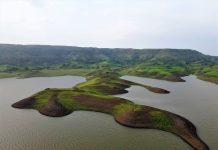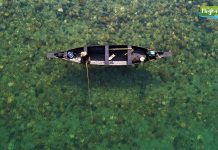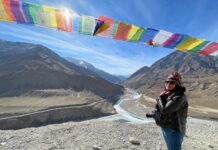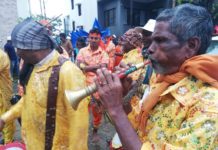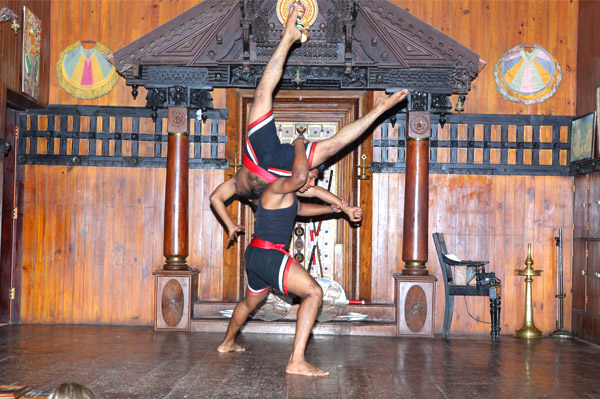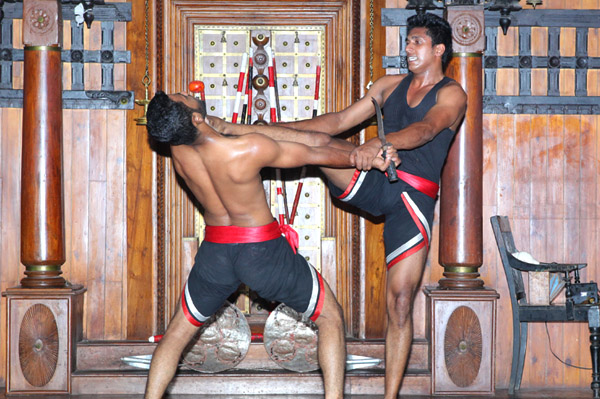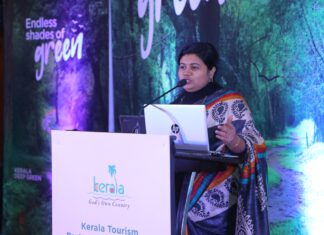Kalaripayattu: Ancient Martial Arts
There are many institutes and organizations in Kerala that are engaged in the preservation and promotion of art form of the regions of Kerala and its surrounding states. One such organization if Cochin Cultural Centre that is involved in the promotion of many art forms like Kathakali, Mohiniattam, Bharatnatyam and Kalaripayattu.
Cochin Cultural Centre is situated on the Sangamam Maniketh Road adjacent to Fort Kochi Bus stand. Every evening the place is alive with performances. The performances are slotted and the entire programme is of a duration of four hours starting from 5 pm till 9 pm. Viewer have an option for enjoying the whole programme or watching selected art forms. In this post I will talk about the ancient martial art form of Kalaripayattu.
Talking about Kalaripayattu, let us first know about Kalaripayattu and its history.
About Kalaripayattu
Sage Agastya is believed to be the founder and patron of Kalaripayattu. It has a legend attached to is that is popularly narrated by the people of the region. Sage Agastya was a short height and lean man. He devised Kalaripayattu as a defensive tactic against wild animals. In those times, the population of tigers was large and other wild animals also used to attack human beings. He developed this form to defend and protect from the attack of the animals. Sage Parshuram is also associated with Kalaripayattu. He modified the original form and added it to war tactics. He also popularized the use of arms as a combat art. Parashurama was a master in the art of weaponry and he emphasized more on weapons than striking and grappling.
Kalaripayattu is an old martial art form. This is one of the oldest form that is still popular. The credit of keeping this old tradition alive solely rests on the efforts of the local people. The warrior communities of Kerala like the Nair’s and Chavhan have played an important role in the continuation of this art. These communities used to practice this martial art for honing their warrior skills. It is also a form of combat. Historian Elamkulam Kunjam Pillai dates the development of the present form of Kalaripayattu to the 11th Century extended period of warfare between the Chera and Chola dynasties.
History
The word Kalaripayattu is derived from two words: kalari and payattu. Kalari means a battlefield or combat arena while payattu means practice or working hard. Nair and Chavhan communities used to train their children from a very young age. They were admitted to specialized schools where they were trained in Kalaripayattu rigorously. Training at that age, the children were flexible and with time they became quicker, more agile and imbibed the art of Kalaripayattu. Once they were adept in it, they were imparted the training of fighting with arms like sticks and other arms.
Kalaripayattu has three regional variants that are distinguished by their attacking and defensive patterns. These styles are related to the different regions of Southern India
Southern Kalaripayattu
This style is related to the region of Travancore. This form uses the preliminary empty handed techniques only.
Northern kalaripayattu
This style is popular in Malabar and the emphasis is more on weapons than empty hands in this style.
Central kalaripayattu
The Central kalaripayattu is practiced mainly in northern parts of Kerala like Kozhikode, Mallapuram, Palakkad, Thrissur and Ernakulam. It is a mix of the Northern and Southern styles of Kalaripayattu.
The Cochin Cultural Centre showcases all the three styles of Kalaripayattu.
There is a big difference in seeing the styles live than on the television screen. It is amazing to see the tactics followed by the performers. They charge with the speed of lightning and the flexibility of body is immense. Young performers are masters in this form of martial arts. They depict the aglity of a cheetah and strategic thinking of a fox that leaves the opponent in awe.
If you happen to visit Kerala, then Kalaripayattu is a must watch for you.
Till we meet next with a new destination and new stories.
Be happy and keep travelling.
Your friend and companion
Dr. Kaynat Kazi


